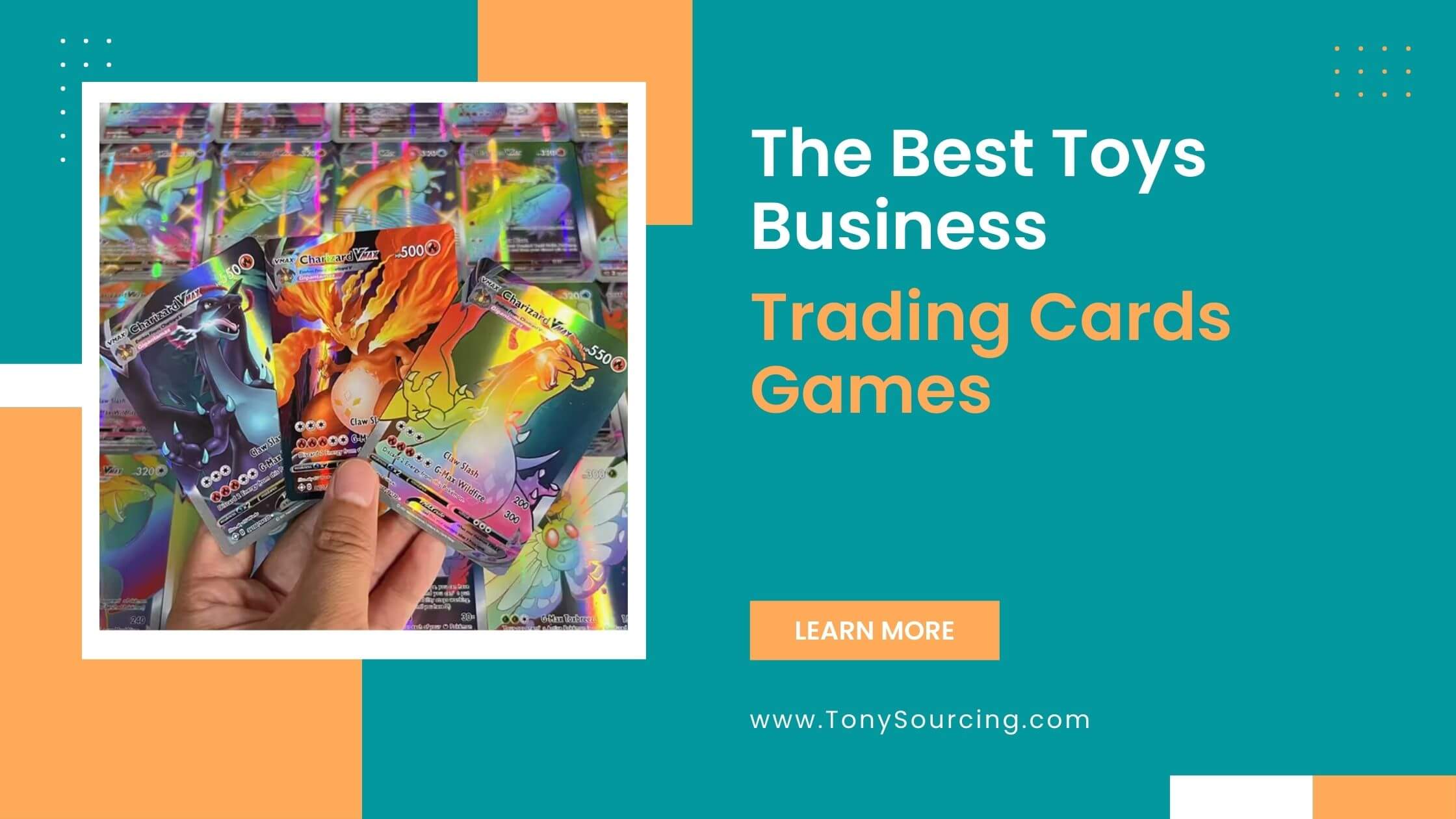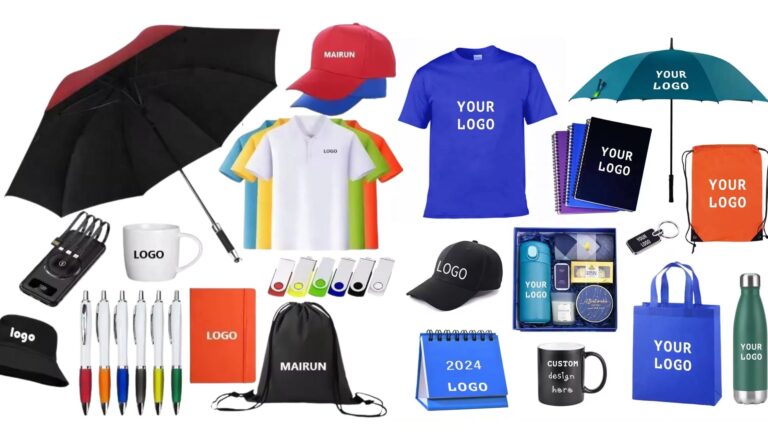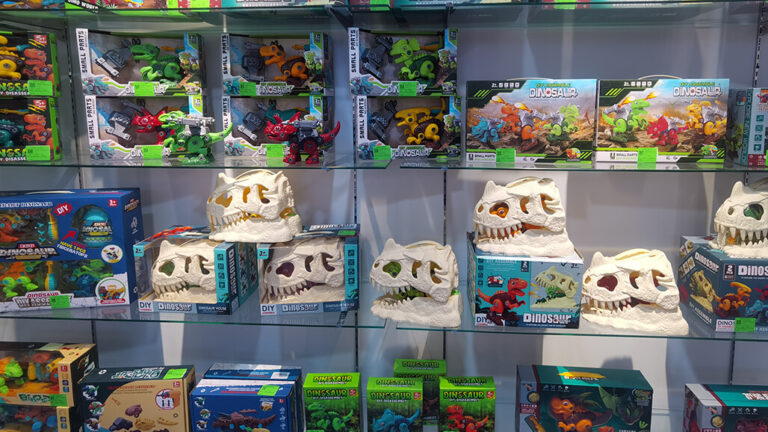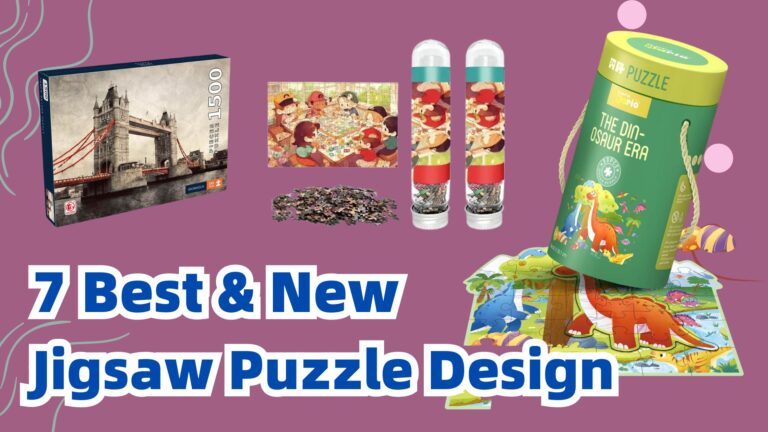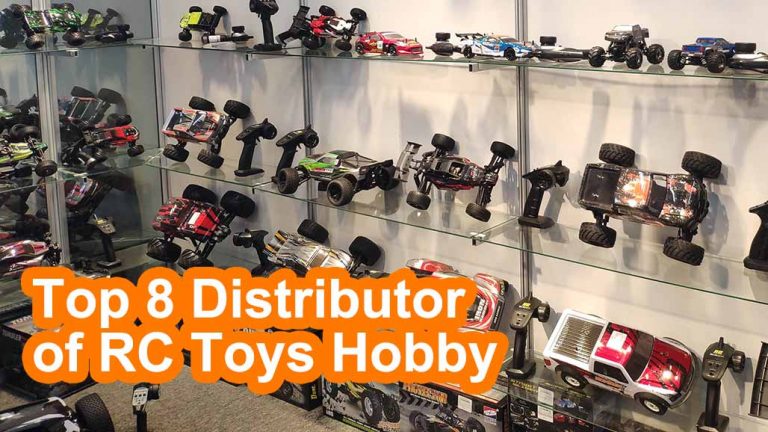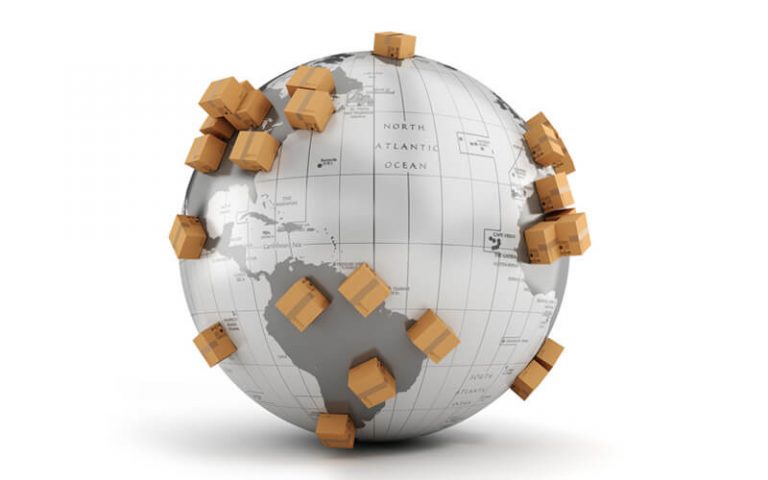The Best Toys Business at 2024: Trading Cards Games Business
Table of Contents
Toggle#1 What is Trading Cards Games?
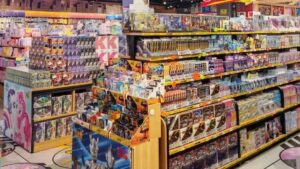
Looking to tap into the booming collectibles market? Trading cards might be your perfect fit! These collectible cards, typically made from sturdy cardboard or paperboard, feature captivating images or detailed information about a specific theme. Text or statistics often accompany these visuals, providing additional context or gameplay value.
The term “trading” stems from the core activity associated with these collectibles – exchanging cards with others to complete coveted sets or acquire specific cards you desire. Over time, trading cards have evolved from simple collectibles to valuable investments for many enthusiasts.
#2: Exploring the Different Types of Trading Cards in Games
The world of Trading Card Games (TCGs) offers a diverse range of card types, each designed to fuel unique gameplay mechanics and strategic approaches. While specific card types may vary across different games, here’s a breakdown of some common categories:
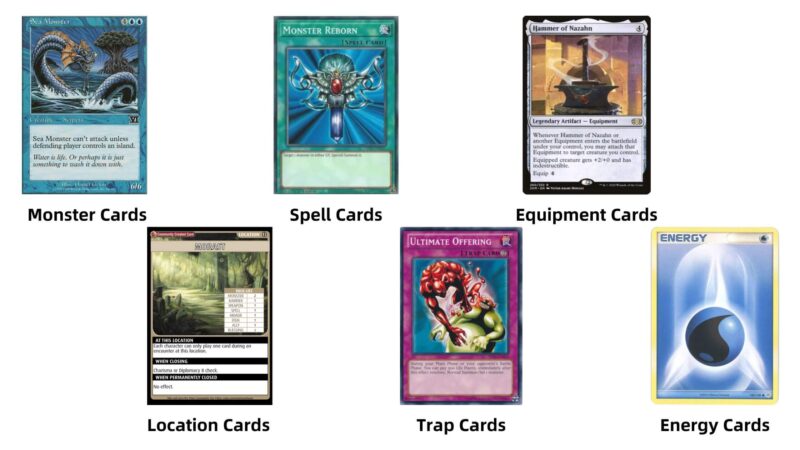
1. Creature/Monster Cards: Unleash fearsome creatures or mythical beasts onto the battlefield with these cards. They typically boast attack, defense attributes, and sometimes even special abilities to outmaneuver your opponent.
2. Spell Cards: Cast magical incantations or activate powerful actions with these potent cards. They can be used to directly attack your opponent, bolster your allies, or manipulate the game board in various ways.
3. Item/Equipment Cards: Enhance your creatures’ capabilities or empower yourself with these valuable items. They can provide stat boosts or unlock unique effects, giving you an edge in battle.
4. Land/Location Cards: These cards represent the playing field itself, providing the essential resources you need to cast spells or summon creatures.
5. Trap Cards: Set cunning traps to counter your opponent’s moves or gain a surprise advantage with these reactive cards. They often activate in response to specific events or conditions, turning the tide of battle in your favor.
6. Energy Cards: Fuel the activation of other cards, like summoning creatures or casting spells, with these energy reserves.
7. Special Cards: Don’t fit neatly into any other category? These unique cards often have special effects or serve specific purposes within the game, adding an extra layer of strategic depth.
Examples of Popular TCGs and Their Card Types:
- Pokémon TCG: Energy cards, Pokémon cards, Trainer cards.
- Yu-Gi-Oh! TCG: Monster cards, Spell cards, Trap cards.
- Magic: The Gathering (MTG): Creatures, Spells, Artifacts, Lands.
#3: Top-Selling Trading Card Games: A Collector's Guide
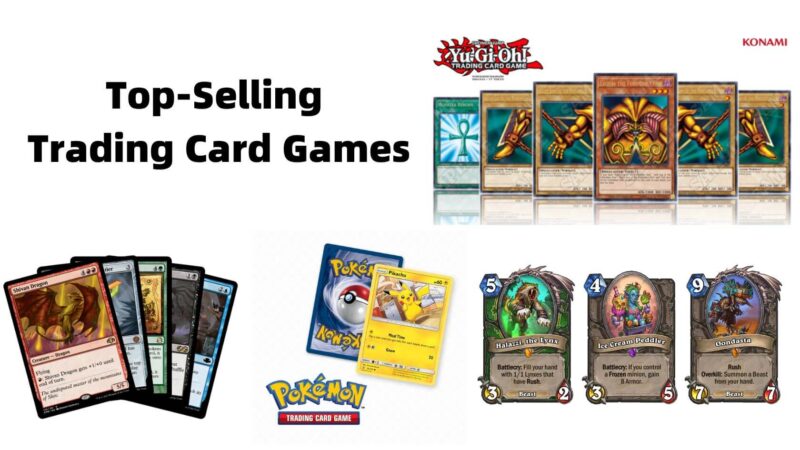
Pokémon Trading Card Game (TCG): Consistently a top contender in the TCG arena, Pokémon features iconic creatures, a diverse range of card types (Pokémon, Trainer, Energy), and engaging gameplay that caters to both casual and competitive players.
Yu-Gi-Oh! TCG: Boasting a rich history and a vast array of monsters, spells, and traps, Yu-Gi-Oh! offers complex strategic elements and thrilling duels, keeping seasoned players hooked.
Magic: The Gathering (MTG): Renowned for its deep strategic gameplay and ever-expanding card pool, MTG enjoys a dedicated following and a constantly evolving metagame, ensuring fresh challenges for veterans.
Hearthstone: Technically a Digital Collectible Card Game (DCCG), Hearthstone’s immense popularity and thriving player base can’t be ignored. It offers a streamlined TCG experience focused on quick and engaging matches.
Flesh and Blood: This relatively new TCG has garnered significant traction in recent years thanks to its innovative mechanics and emphasis on in-person play, offering a refreshing take on the traditional TCG experience.
Lorem ipsum dolor sit amet, consectetur adipiscing elit. Ut elit tellus, luctus nec ullamcorper mattis, pulvinar dapibus leo.
Other Notable TCGs:
- Digimon Card Game: Based on the popular anime series, Digimon offers strategic gameplay and a wide range of digital monsters to collect and battle with.
- Dragon Ball Super Card Game: Featuring characters from the iconic Dragon Ball franchise, this TCG is known for its powerful cards and intense battles.
- Marvel Champions LCG: This Living Card Game (LCG) lets players take on the roles of iconic Marvel heroes, offering a unique cooperative experience within the trading card game genre.
#4: The Evolution of Trading Card Culture: From Humble Beginnings to Global Phenomenon
Trading cards have come a long way, transforming from simple collectibles into a global phenomenon with a rich history. Here’s a glimpse into the remarkable journey of trading card culture:
Early Origins:
- Cigarette Cards: One of the earliest known forms of trading cards were included in cigarette packs as a promotional tool. These small cards featured images of famous people, places, or historical events.
- Baseball Cards: In the late 19th century, tobacco companies began producing baseball cards, which quickly gained popularity among fans. These
The Golden Age
- Post-War Boom: After World War II, there was a surge in popularity for trading cards. Companies began producing cards for a wide range of subjects, including sports, television shows, and comic books.
- Collectible Craze: The 1980s and 1990s saw a major boom in trading card collecting, with sets like Pokémon and Magic: The Gathering becoming cultural phenomena.
Digital Age and Beyond
- Digital Trading Cards: With the rise of digital technology, trading cards have adapted to the digital world. Digital trading cards offer unique benefits such as instant trading, virtual packs, and integration with online gaming platforms.
- NFT Trading Cards: Non-fungible tokens (NFTs) have revolutionized the trading card industry, allowing for unique digital collectibles with verifiable ownership.
- Gaming Integration: Trading cards have become deeply integrated into video games, with many games offering in-game card mechanics and digital card marketplaces.
Key Factors Driving Growth
- Nostalgia: Many collectors are drawn to trading cards as a way to connect with their childhood and relive fond memories.
- Investment Potential: The rarity and popularity of certain cards can lead to significant value appreciation, making trading cards an attractive investment for some.
- Community: The trading card hobby has fostered a strong sense of community, with collectors connecting with others who share their passion.
- Gaming Integration: The integration of trading cards into video games has attracted a new generation of collectors.
#5 How to Design Your Own Trading Card Game
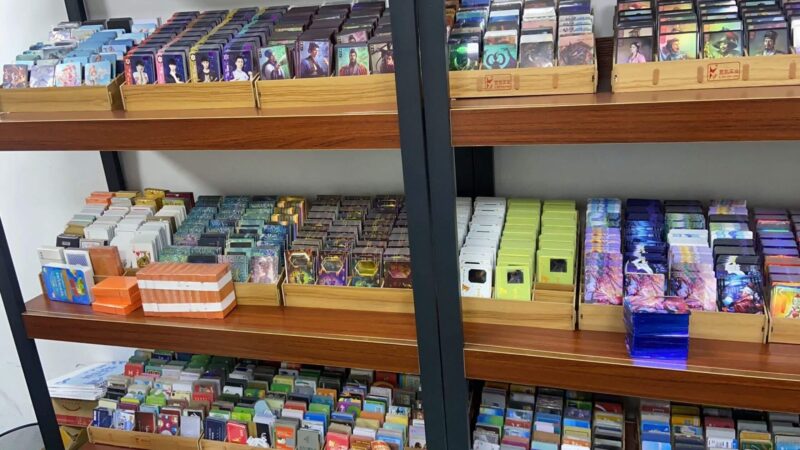
Designing your own Trading Card Game (TCG) can be a thrilling and rewarding experience. Here’s a step-by-step guide to help you create your own unique game:
1. Conceptualization and Theme
- Define your world: Create a captivating universe with its own lore, characters, and rules.
- Identify core mechanics: Determine what sets your game apart. Will it be a fast-paced, skill-based game, or a strategic, resource-management focused one?
2. Card Types and Mechanics
- Establish card types: Decide on the different types of cards in your game. Common types include creatures, spells, items, and lands.
- Develop card mechanics: Create unique abilities and interactions between cards. Consider keywords, effects, and costs to balance gameplay.
3. Card Design
- Create a template: Design the basic structure of your cards, including areas for name, artwork, text, and any necessary symbols.
- Develop artwork: Commission artists or use existing art to bring your cards to life.
- Write clear card text: Concisely and accurately describe each card’s abilities and effects.
4. Game Balance
- Playtest extensively: Gather feedback from friends and players to identify imbalances.
- Adjust mechanics: Make necessary changes to ensure fair and enjoyable gameplay.
5. Card Set Design
- Create expansions: Plan for future card sets to keep the game fresh and exciting.
- Implement rarity: Introduce different card rarities to create collectability and excitement.
#6 how is trading cards game business?
Trading card games (TCG) have experienced a significant surge in popularity in recent years. This resurgence can be attributed to a number of factors, including:
- Nostalgia:Many adults who grew up playing TCGs in the 1990s and 2000s are now rekindling their interest in the hobby.
- Collectibility:TCGs offer a unique blend of gaming and collecting, appealing to both casual players and serious collectors.
- Digital integration:The integration of TCGs with digital platforms has made them more accessible to a wider audience.
- Investment potential:The value of rare and sought-after cards can appreciate over time, attracting investors.
Key Market Trends
- Digital Expansion:Digital TCGs, such as Hearthstone and Magic: The Gathering Arena, have become major players in the market, offering convenient and accessible gameplay.
- IP-driven growth:TCGs based on popular franchises, like Pokémon, Yu-Gi-Oh!, and Marvel, continue to dominate the market.
- Premium products:High-end products, such as limited edition sets and alternate art cards, are driving sales and catering to collectors.
- Secondary market:The secondary market for TCGs has flourished, with platforms like eBay and specialized marketplaces facilitating trading and selling of cards.
Sales Data and Statistics
- Global market:The global TCG market has experienced significant growth in recent years, with revenues reaching billions of dollars annually.
- Key players:Companies like Wizards of the Coast (Magic: The Gathering), The Pokémon Company, and Konami (Yu-Gi-Oh!) are major players in the industry.
- Demographics:TCG players span a wide range of ages, from young children to adults.
#7 How to Find a Great Trading Card Game Manufacturer
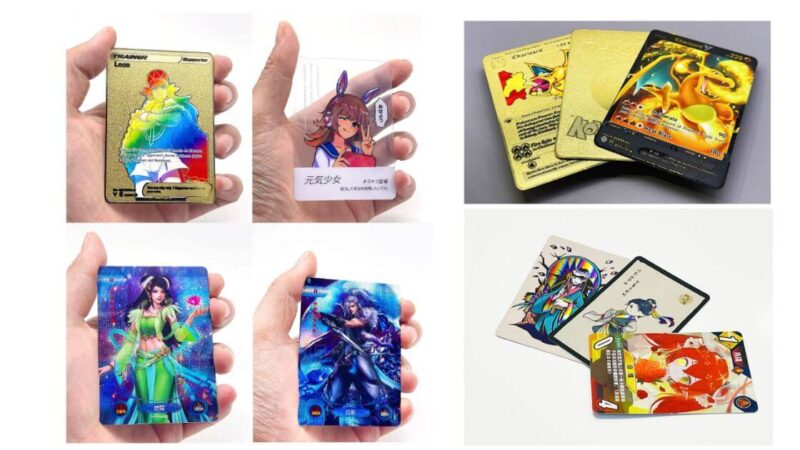
- Define Your Needs:
- Quantity:How many cards do you need?
- Quality:What level of quality are you looking for?
- Features:Do you need special finishes (like foil or embossing), specific card sizes, or custom packaging?
- Research and Networking:
- Online Search:Use keywords like “trading card manufacturer,” “custom playing cards,” or “game card printing.”
- Industry Associations:Look for associations related to the gaming or printing industry.
- Recommendations:Ask for recommendations from other game designers or companies.
- Compare Manufacturers:
- Request Quotes:Get quotes from multiple trading cards manufacturers to compare prices and services.
- Review Portfolios:Look at samples of their work to assess their quality and capabilities.
- Check Reviews:Read online reviews and testimonials to get a sense of their reputation and customer satisfaction.
- Consider These Factors:
- Minimum Order Quantity:Some manufacturers have minimum order requirements.
- Turnaround Time:How long does it take for them to produce your cards?
- Customization Options:What level of customization do they offer?
- Customer Service:How responsive and helpful is their customer service team?
- Location:If you need to visit the manufacturer or have specific shipping requirements, consider their location.
- Ask the Right Questions:
- What materials do you use?
- Can you match a specific color or finish?
- Do you offer design assistance?
- What is your quality control process?
- What are your shipping options?

